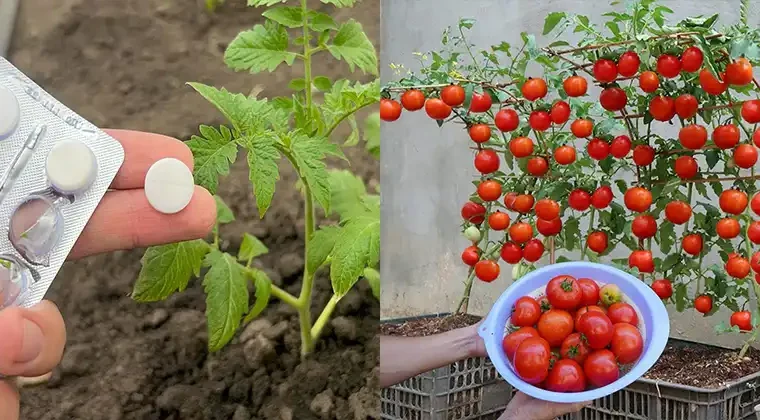Growing tomatoes at home can be a rewarding and fulfilling experience, especially when you achieve big harvests of fresh, juicy fruits. Whether you have a large garden or just a small balcony, with the right techniques and care, you can enjoy a bountiful tomato crop. Here’s a comprehensive guide on how to grow tomatoes quickly and effectively.
1. Choose the Right Variety
A. Determinate vs. Indeterminate
- Determinate tomatoes (bushy types) grow to a certain height and produce all their fruit at once, making them ideal for canning or making sauces.
- Indeterminate tomatoes (vining types) continue to grow and produce fruit throughout the growing season, providing a steady harvest.
B. Fast-Growing Varieties
For quicker harvests, choose fast-growing varieties like:
- Early Girl: Known for its early fruiting.
- Sun Gold: A sweet cherry tomato that matures quickly.
- Jet Star: A dependable, high-yielding variety.
2. Start Seeds Indoors
A. Timing
Start your seeds indoors about 6-8 weeks before the last frost date in your area. This gives your plants a head start.
B. Seedling Care
- Use seed-starting trays filled with seed-starting mix.
- Keep the soil moist but not waterlogged.
- Provide plenty of light—either from a sunny window or grow lights— to prevent leggy seedlings.
3. Transplanting to the Garden
A. Harden Off Seedlings
Before transplanting, acclimate your seedlings to outdoor conditions. Gradually expose them to sunlight and wind for about a week.
B. Soil Preparation
- Choose a Sunny Location: Tomatoes thrive in full sun, requiring at least 6-8 hours of sunlight daily.
- Soil Type: Use well-draining soil rich in organic matter. Amend with compost to improve fertility and drainage.
C. Planting Technique
- Space plants about 18-24 inches apart to allow for airflow and growth.
- Bury the stem up to the first set of leaves to encourage a robust root system.
4. Watering Wisely
A. Consistent Moisture
Tomatoes need consistent moisture, especially during flowering and fruiting. Water deeply once or twice a week, depending on rainfall.
B. Mulching
Apply a layer of organic mulch (like straw or wood chips) around the plants. This helps retain soil moisture, suppress weeds, and maintain a stable soil temperature.
5. Fertilizing for Growth
A. Nutrient Needs
Tomatoes require a balanced fertilizer. Look for one that is high in phosphorus and potassium but lower in nitrogen to promote fruit development.
B. Application Schedule
- Fertilize when transplanting and then every 4-6 weeks during the growing season.
- Consider using a liquid fertilizer for quick nutrient uptake.
6. Pruning and Support
continue reading in page 2




